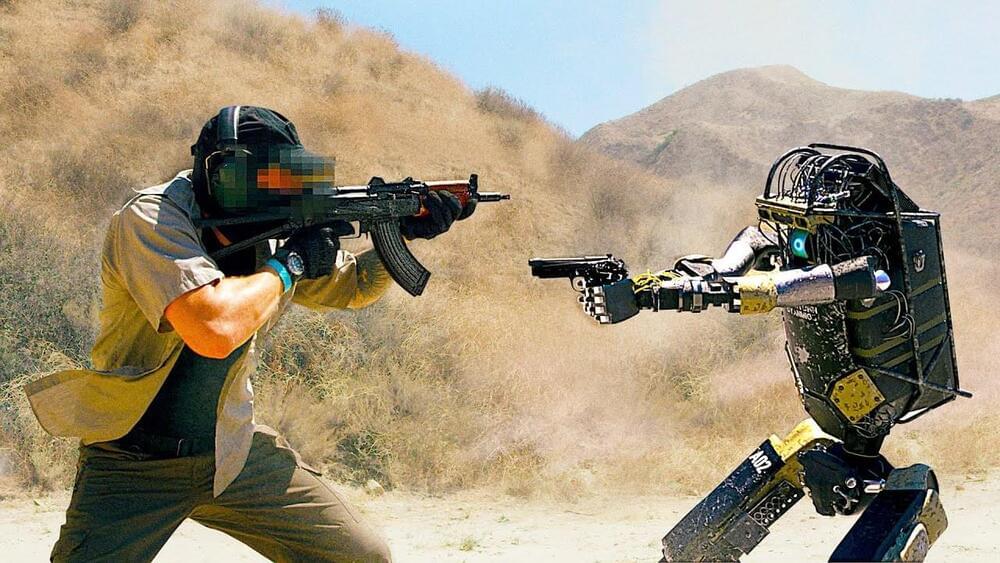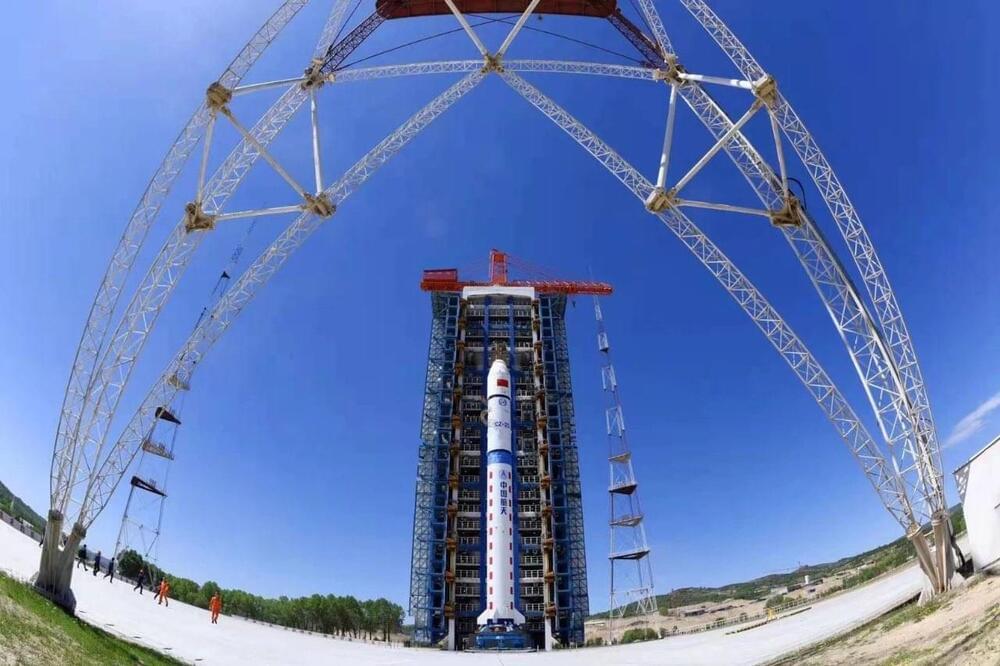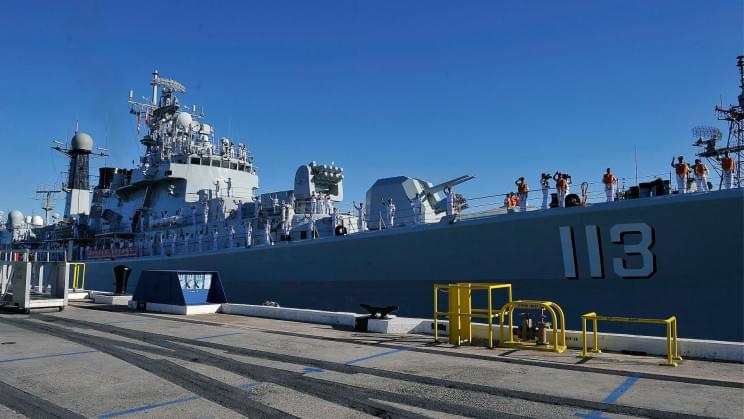Dec 30, 2021
Men Vs Machine: Slaughterbots Set To Change The ‘LAWS’ Of Battlefield & Make Human Soldiers Redundant?
Posted by Chima Wisdom in categories: ethics, military, robotics/AI
Lethal autonomous weapons systems (LAWS), also called “killer robots” or “slaughterbots” being developed by a clutch of countries, have been a topic of debate with the international military, ethics, and human rights circles raising concerns. Recent talks about a ban on these killer robots have brought them into the spotlight yet again.
What Are Killer Robots?
















